Class 1 - Explosives
Distress signals, Fireworks, Detonating fuses, Firecrackers, ammunition, etc.
Distress signals, Fireworks, Detonating fuses, Firecrackers, ammunition, etc. (Only 1.4S may be loaded on Passenger Aircraft.)
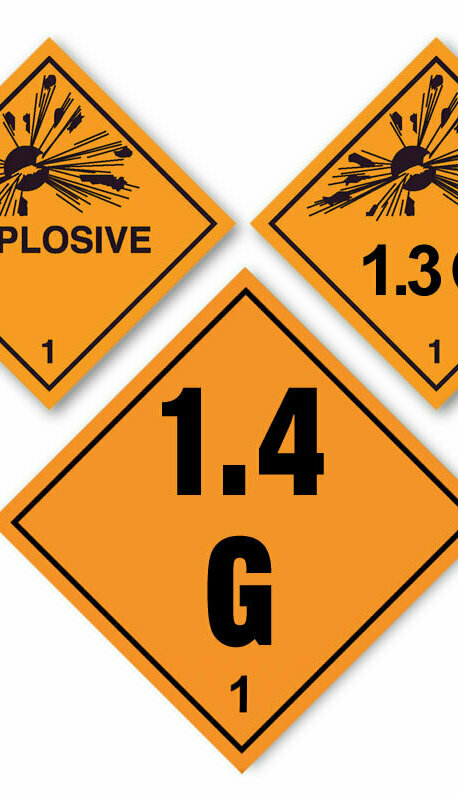
Class 2 - Gases
Gas cartridges, Butan Gas, Gas lighters, Butan lighter Fuel, Aerosols (flammable), etc.
Fire extinguishers, Compressed oxygen, Ammonia solution, Aerosols (non-flammable), Refrigerant gas, Diving Tanks, etc. Nitrogen refrigerated liquids, etc.
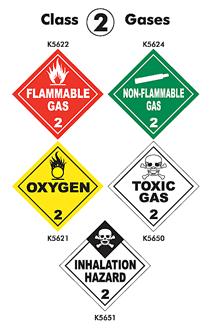
Carbon monoxide, Ethylene oxide, Ammonia solution, etc. Acceptable on Cargo Aircraft only.
Class 3 - Flammable Liquids
Gasoline, Paint, Printing ink, Perfume, Kerosene, Alcohols, Adhesives, Oil lighter, Liquid lighter, refills, Alcoholic beverages containinghigh alcohol, etc.
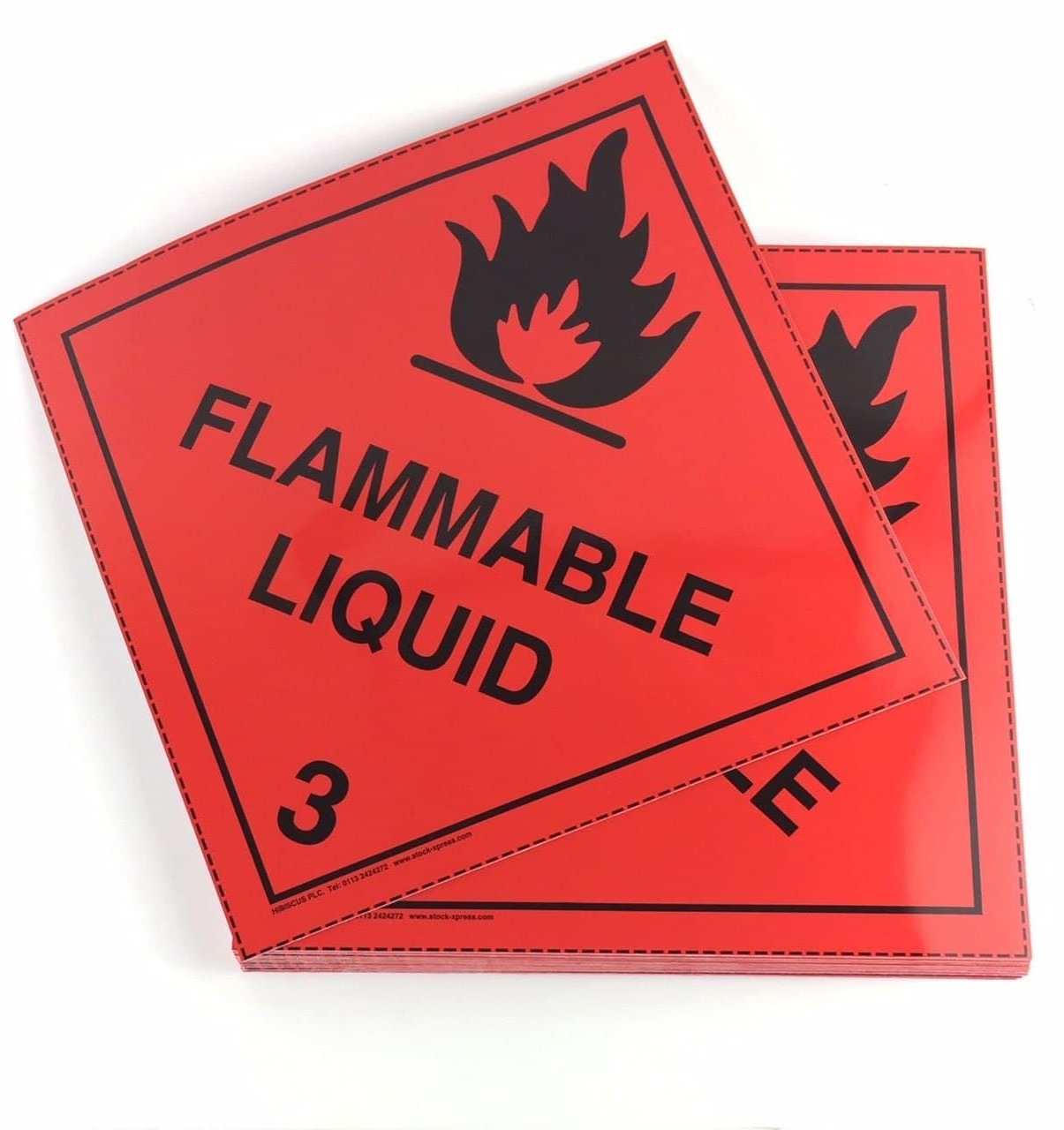
Class 4 – Flammable Solids: Spontaneous Combustibles: Dangerous When Wet Materials
matches, Celluloid, Flammable metal powder, Phosphorus amorphous, Sulphur, etc.
Spontaneously Combustible .pdf
4.2 Charcoal, Carbon activated, Sodium sulphide, Metal catalyst, etc.
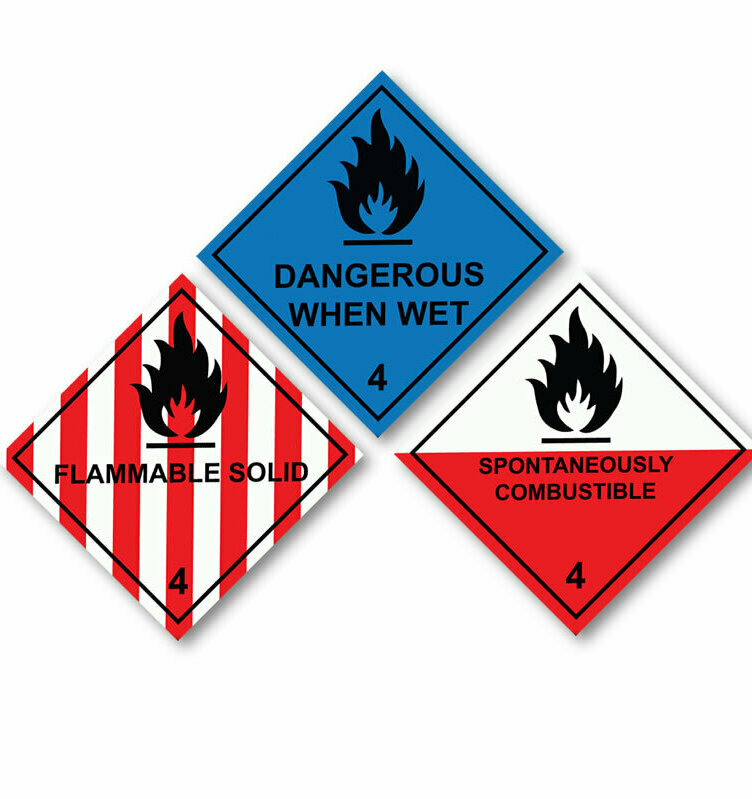
Calcium, Calcium carbide, Magnesium alloys powder, Barium, Alkali earth metal alloy, etc.
Oxygen generator chemical, Sodium chlorate, Hydrogen peroxide aqueous solution, Ammonium nitrate fertilizer, Bleach, etc. (Oxygen generator chemicals are acceptable on Cargo Aircraft only.)
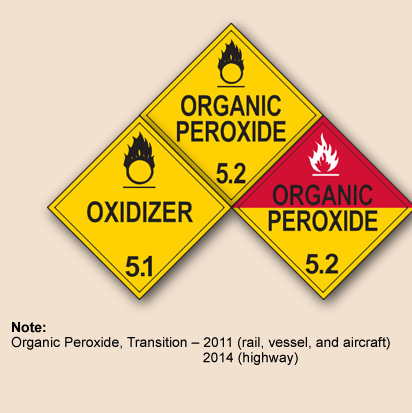
Class 6 - Toxic Substances: Infectious Substances
Pesticide, Agricultural chemicals, Disinfectant, Dye, Mercury compound, Medicinal goods, etc.
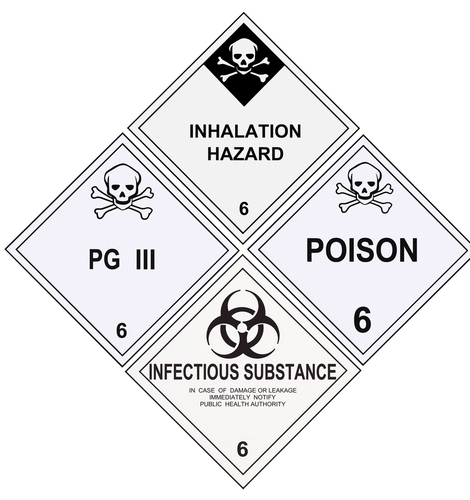
Class 7 - Radioactive Material
Class 7 - Radioactive Material
Excepted Packages of Radioactive Material Various types of Radionuclide Not more than 5オ Sv/h on external surface Transport Index (T.I.) : 0
Radioactive Material (Category I - White) Various types of Radionuclide Not more than 5オ Sv/h on external surface Transport Index (T.I.) : 0
Radioactive Material (Category III - Yellow) Various types of Radionuclide More than 500オ Sv/h but not more than 2 mSv/h on external surface Transport Index (T.I.) : More than 1.0 but not more than 10
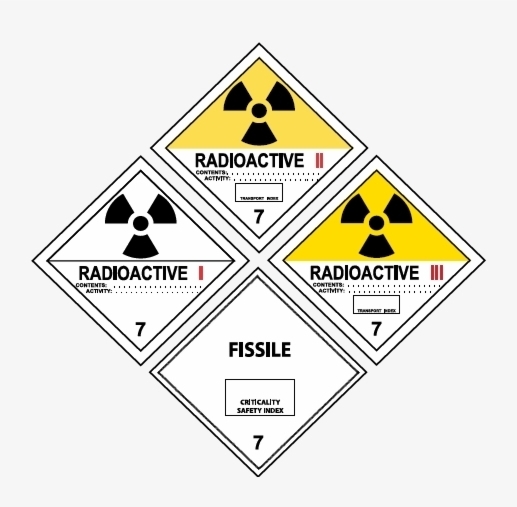
Radioactive Material (Category II - Yellow) Various types of Radionuclide More than 5オ Sv/h but not more than 500オ Sv/h on external surface Transport Index (T.I.) : More than 0 but not more than 1.0
Wet Batteries, Sulfuric acid, Hydrochloric acid, Acetic acid, Sodium hydroxide solution, Gallium, Mercury, etc.
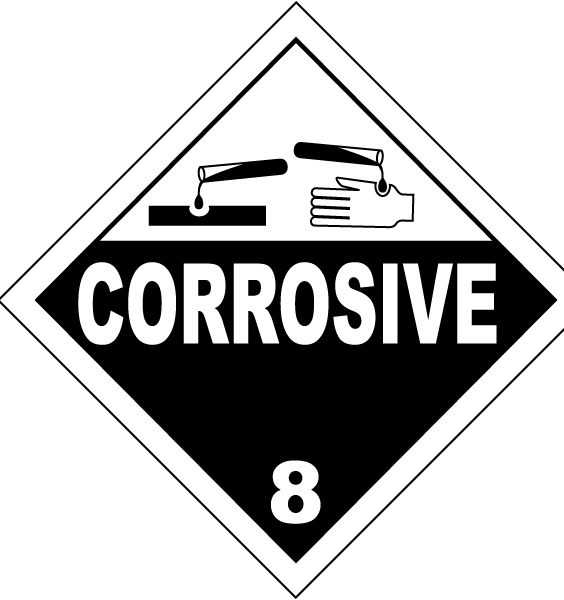
Class 9Miscellaneous Dangerous Goods
RMD: Consumer commodity, Internal cumbustion, Engines, Vehicles, etc. RSB: Polymeric beads ICE: Dry Ice
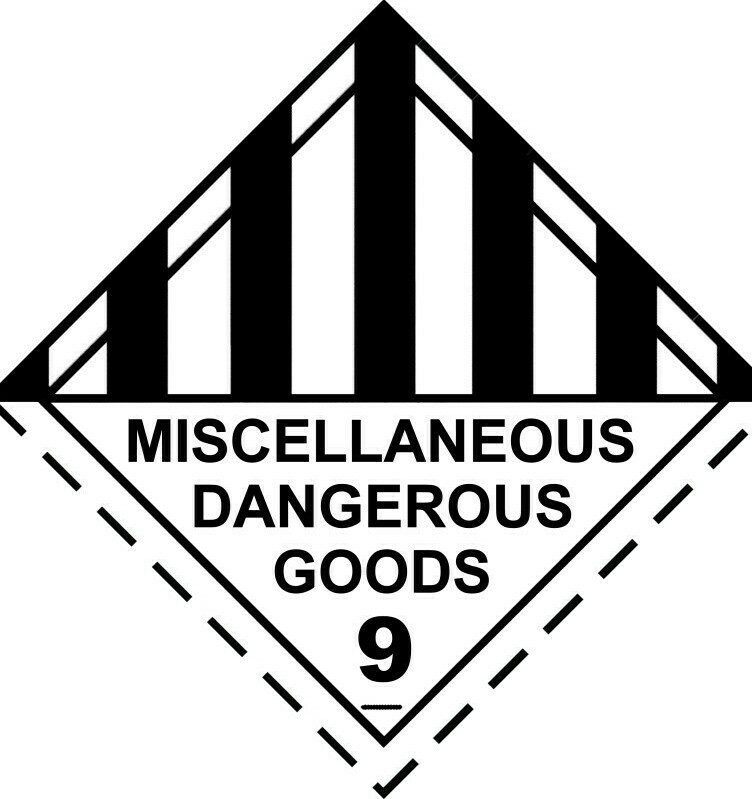
Regulations
Lithium batteries can be unstable due to the high energy density, and sudden changes in temperature or short circuits can create dangerous amounts of heat.
- Dedicated 1 to 1 advice and guidance to get lithium battery shipping right first time.
- Airfreight, Sea and Overland solutions.
- Import and export expertise for seamless, express lithium battery shipping.
- A range of domestic shipping options.
- Correct designation, and documentation of all battery types for transport
- Correct labelling, packaging and procedures for first available flight shipping.
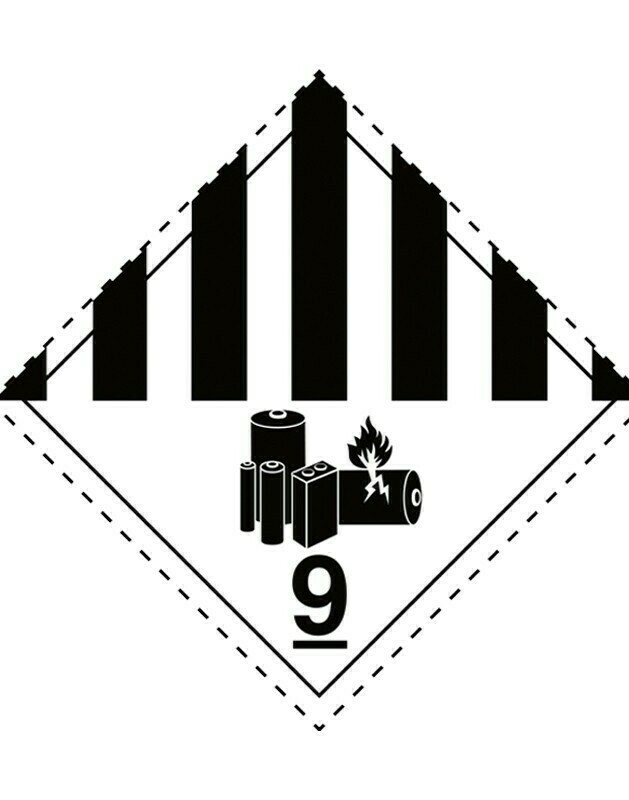
Handling Labels
Very small quantities of dangerous goods to meet the provisions specified in IATA/DGR.
Limited quantities of dangerous goods to meet the provisions specified in IATA/DGR.
Transport permitted on Cargo Aircraft only.(Forbidden on Passenger Aircraft)
This must be affixed in addition to RNG label for Cryogenic Liquids. (e.g. Nitrogen, Argon)
This must be affixed on combination packagings containing liquids, etc (Must be affixed on at least two opposite sides)
This must be used in addition to RFS or ROP labels for shipments containing self-reactive substances in Division 4.1 and Division 5.2.
This must be affixed on packages containing lithium ion/metal cells or batteries in accordance with applicable Sections.